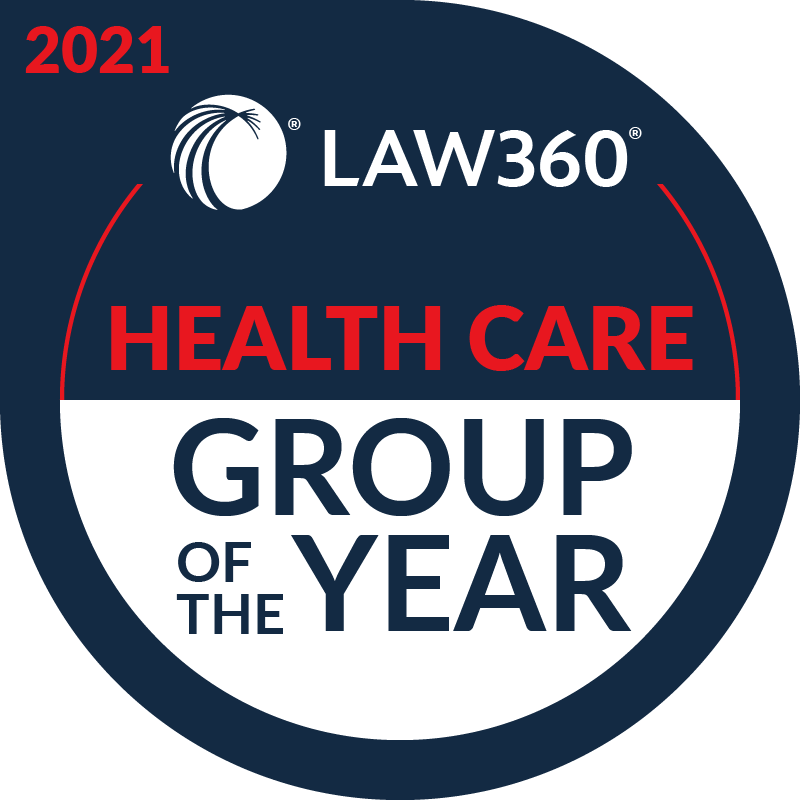On December 2, 2022, President Joseph Biden signed the Medical Marijuana and Cannabidiol Research Expansion Act (Cannabis Research Act), which provides a mechanism for industry and academia to access and research cannabis, including marijuana and other cannabis-derived products without violating the Controlled Substances Act (CSA). The Cannabis Research Act creates a pathway for researchers to register with the US Department of Justice to legally conduct scientific research on such products subject to certain requirements. The act also creates a system to allow drug manufacturers to legally produce products approved by the US Food and Drug Administration (FDA) that contain cannabidiol (CBD) or marijuana for commercial sale. Of particular significance for healthcare providers, the Cannabis Research Act also includes a doctor-patient relationship provision that permits state-licensed physicians to discuss the “currently known potential harms and benefits of marijuana and its derivatives, including cannabidiol, which may be derived from marijuana or other cannabis products such as hemp, as a treatment.”
The full provision is provided below:
- SEC. 301. DOCTOR-PATIENT RELATIONSHIP.
It shall not be a violation of the Controlled Substances Act (21 U.S.C. 801 et seq.) for a State-licensed physician to discuss—(1) the currently known potential harms and benefits of marijuana derivatives, including cannabidiol, as a treatment with the legal guardian of the patient of the physician if the patient is a child; or (2) the currently known potential harms and benefits of marijuana and marijuana derivatives, including cannabidiol, as a treatment with the patient or the legal guardian of the patient of the physician if the patient is a legal adult.
However, because cannabis and in particular marijuana has been a Schedule I drug under the CSA for more than 50 years, which means by definition that it has no medical uses and a high risk of abuse, there is little information about potential medical uses of marijuana and its derivatives available for physicians to provide to their patients. Notwithstanding its Schedule I status, marijuana has remained in wide use for recreational and largely self-diagnosed medical purposes and is now legal in 39 states for one or both purposes. To date, marijuana research has been narrowly limited by the US Drug Enforcement Administration (DEA) and National Institute on Drug Abuse (NIDA). In addition, FDA has failed to issue regulations regarding hemp (i.e., cannabis with less than 0.3% tetrahydrocannabinol, also known as delta-9 tetrahydrocannabinol or THC, which is a principal psychoactive component of non-hemp cannabis/marijuana).
Marijuana was placed in Schedule I based on racist perceptions that its use contributed to social disruption and for political purposes, despite its widely recognized, if not scientifically proven, benefits for treating nausea, loss of appetite, chronic pain, sleep disorders, anxiety, depression, and other conditions. As reported by David Downs in a 2016 issue of Scientific American, the negative connotations of marijuana use for public policy purposes date back to at least 1937, when the Marihuana Tax Act (MTA) restricted the possession of marijuana and imposed a substantial tax on several medical and industrial uses. Marijuana was removed from the US Pharmacopeia in 1942 but remained heavily taxed under the MTA until 1971, when it was provisionally placed on Schedule I in the CSA (along with known addictive drugs such as heroin), which replaced the MTA. President Nixon established The National Commission on Marihuana and Drug Abuse (later called the Shafer Commission) with the intention of confirming marijuana’s Schedule I status. Instead, the Shafer Commission found marijuana to be as safe as alcohol and recommended removing it from Schedule I and instead developing a public health approach to its use. However, Nixon’s ally, Attorney General John Mitchell, with the support of a second report solicited from Senator Eastland, kept marijuana on Schedule I reportedly for the purpose of strengthening the association of marijuana and heroin use with the antiwar left and African Americans.
Over the years since marijuana’s initial scheduling, many groups have petitioned the DEA to re- or de-schedule it, but the lack of research with respect to its potential medical benefits has helped to keep it on Schedule I. A significant reason that marijuana research has been limited in the United States is the requirement that scientific researchers obtain marijuana through NIDA and its single-contracted source, the University of Mississippi. As a result, NIDA not only controls the amount and type of such research, but also the quality of the marijuana tested. FDA and the US Department of Health and Human Services may also make scheduling recommendations but have not done so.
Instead of regulating marijuana or its derivatives more directly, FDA continues to believe that the best way to determine appropriate medical uses for marijuana (including CBD derived from hemp) is clinical research under an investigational new drug application. However, FDA has only approved three cannabis-related drugs to date: EPIDIOLEX, which contains a purified form of CBD derived from marijuana to treat certain seizures, and MARINOL and SYNDROS, which contain synthetic THC (known as dronabinol) for uses including the treatment of anorexia associated with weight loss in AIDS patients. FDA also has stated that drugs derived from cannabis, such as CBD and THC, cannot be used in dietary supplements since they are drugs made to be ingested, and has focused its enforcement actions on cannabis products with illegal drug claims. FDA also has indicated that information from adverse events regarding cannabis use is “extremely limited” (i.e., primarily from the three drugs mentioned previously), and has indicated that “additional information about the safety and effectiveness of cannabis and its constituents is needed.” However, for the reasons described above, prior to the enactment of this legislation the federal government has imposed substantial barriers to conducting such research.
In addition, physicians may continue to face challenges in discussing marijuana as a medical option, since a prescription for a medical use of marijuana is generally considered to be illegal under the CSA. Accordingly, DEA-registered physicians may not prescribe Schedule I drugs like marijuana because, by definition, there are no medically-approved uses of such drugs, and therefore issuing such prescriptions could result in significant penalties for the prescribing physician. As a result, physicians in states with medical marijuana programs typically provide their patients with a “recommendation” or “certification,” a practice that the courts have generally found not to violate the CSA (see, e.g., Conant v. Walters, 309 F.3d 629 (9th Cir 2002), cert. denied Oct. 14, 2003; see also Conant v. McCaffrey, 172 F.R.D. 681 (N.D. Cal. 1997), and Conant v. McCaffrey, 2000 WL 1281174 (N.D. Cal. Sept. 7, 2000). However, states that require physicians to prescribe forms of marijuana may expose those physicians to loss of their DEA registration and potential criminal liability.
We will continue to watch for developments under the Cannabis Research Act and will report again when we have a better understanding how this legislation will affect in practice how state-licensed physicians may advise their patients about the potential harms and benefits of the use of marijuana and its derivatives, including CBD. At present, the act authorizes physicians to provide advice to their patients about the harms and benefits of marijuana use which, because of marijuana’s long-term Schedule I status, is not generally available to them.






